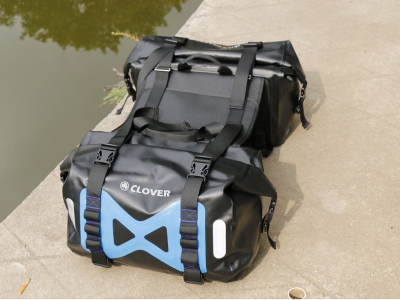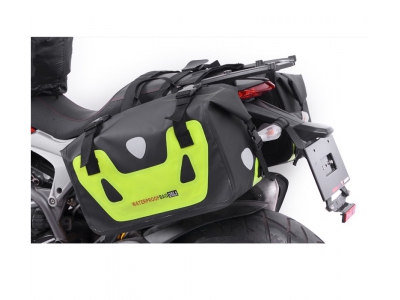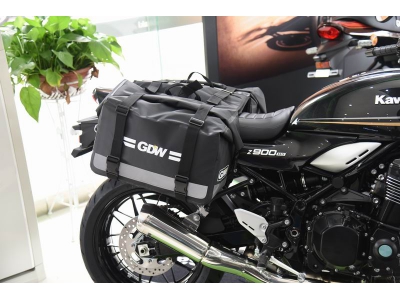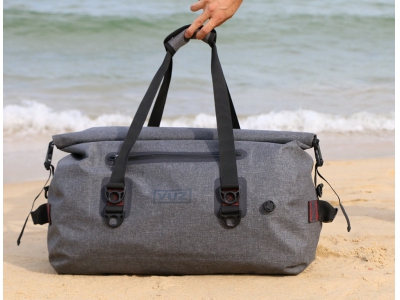A Quick Guide to Dry Bags
Dry bags are designed to do exactly what the name suggests – keep the contents dry.
But diving beneath the surface reveals more to this carry niche than a simple all-encompassing design approach.
Dry bags differ in a range of factors, from materials and size, to intended use and level of waterproofness.
When choosing a dry bag, it’s important to consider where it’s going to be used and what it needs to carry.
The following can help you decide on the best dry bags for your particular needs:
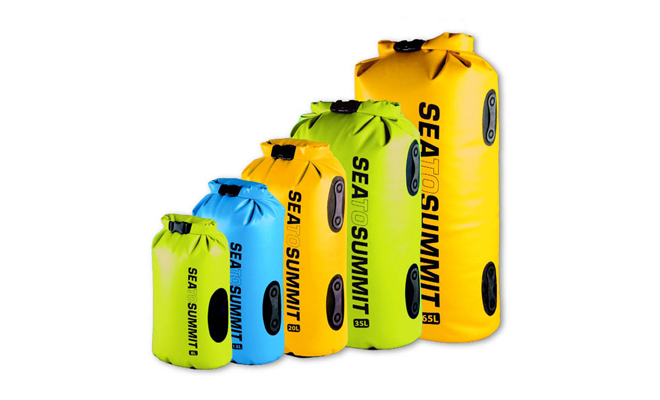

Size: Dry bags come in a range of sizes to suit smaller items such as phones and money, and larger items such as clothing and sleeping bags.
One bag may be sufficient for your needs or you may be better off with a mix of sizes.
If you’re worried about a dry bag failing, separate your carry into multiple dry bags so that if one fails, you can limit the negative impact to your gear.
Material:
Dry bags come in a variety of materials. Some favor durability, while others favor light weight and flexibility.
Vinyl for instance provides good durability and suits gear that is heavy or has the potential to cause abrasions.
Silnylon on the other hand sacrifices some durability for weight-saving benefits and flexibility, making it handy for packing in tight spaces.
The lighter and more flexible a dry bag is, the easier it will be to store away or stash in a larger bag until needed.

Closure method:
Dry bags don’t all close the same way. For instance, some may have a roll-top closure, while others have a zipper seal.
Consider how a particular closure will affect waterproofness, as well as speed and ease of access, and whether it best suits your needs.
Intended use:
Dry bags should suit their intended use.
A demanding boat trip where dry bags will be constantly exposed to waves, splashes or potential scrapes against rocks requires a rugged and heavy-duty construction.
But if you’re commuting during the occasional drizzle and just want some peace of mind for tech or documents within a larger bag, a lighter and more easily packable dry bag will suffice. More demanding environments will require reinforced construction that can handle both external forces as well as internal abrasion and pressure from the contents. Think about what you’re doing (kayaking, hiking, camping, traveling, commuting, etc.) and what you’re carrying (tech, food, clothing, documents and so forth) and choose a dry bag accordingly.
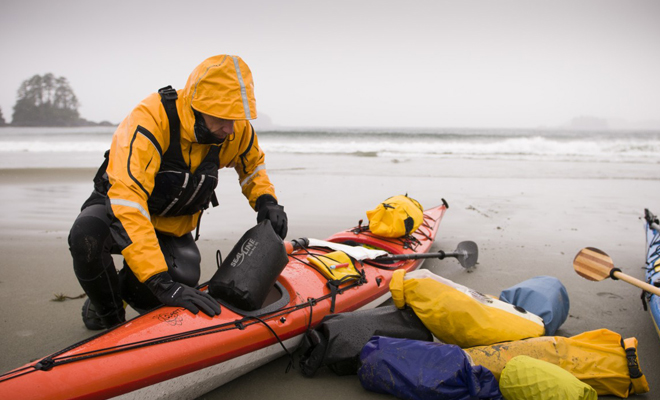
Extra features:
Do you want a choice of carry options?
Do you need a dry bag that also includes padding to protect your camera?
How about quick-access pockets or external attachment points?
Dry bags vary from simple and pared down, to offering a range of different features to suit different needs.
Level of waterproofness:
It’s important to remember that the majority of dry bags are not intended to withstand extended submersion.
Rather, they are designed to protect the contents against splashes or short periods of submersion.
While it’s recommended to follow a brand’s guidance for intended use, it’s also a good idea to test a dry bag before use.
In addition to his useful advice for keeping gear dry,
Will Zhang has a simple and effective method for testing a dry bag: turn it inside out, fill it with water and wait to see if it leaks.
So now you’ve got an idea of what factors to consider, but which dry bags should you be looking at?
Get inspired below with some top picks that will help keep your gear dry in a range of settings…







